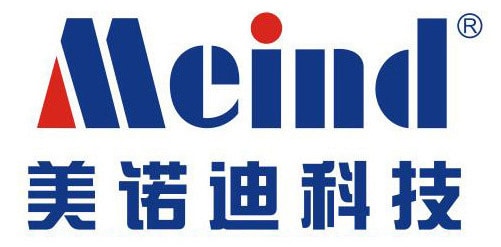One of the most common tech questions debated today includes the best choice for inverter installations between pure sine wave (sometimes referred to as true sine wave) and modified sine wave technology.
Let’s begin by addressing what alternating current (AC) means. AC literally means that the current alternates its direction over and over again. As is demonstrated in the accompanying chart, a pure sine wave, like shore power, alternates smoothly with a sinusoidal curve that has a rounded peak and a clean ‘zero cross’ to a rounded valley.
Modifeid Sine Wave produces instantaneous peak voltage for a few milliseconds, down to zero for a few milliseconds, then back to the valley.
Modifeid Sine Wave produces instantaneous peak voltage for a few milliseconds, down to zero for a few milliseconds, then back to the valley.
Now that we’ve covered the foundation of how AC operates, let’s address the bigger issue.
QUESTION:
Can you provide examples of applications for Modified Sine Wave and Ture Sine Wave power?
Can you provide examples of applications for Modified Sine Wave and Ture Sine Wave power?
ANSWER:
Sure! Modified Sine Wave power is usually sufficient to run many electronic devices with some distinct exceptions.
One example is a typical digital clock. Some clocks tell time by using a charged crystal that has a consistent pulse which a microprocessor uses to calculate time with a simple algorithm. These clocks are not affected by Modified Sine Wave power.
Other digital clocks use the incoming AC current to calculate time. The processor ‘counts’ how many times the voltage reaches zero, or ‘zero crosses.’
Sure! Modified Sine Wave power is usually sufficient to run many electronic devices with some distinct exceptions.
One example is a typical digital clock. Some clocks tell time by using a charged crystal that has a consistent pulse which a microprocessor uses to calculate time with a simple algorithm. These clocks are not affected by Modified Sine Wave power.
Other digital clocks use the incoming AC current to calculate time. The processor ‘counts’ how many times the voltage reaches zero, or ‘zero crosses.’
Ture Sine Wave waveforms cross zero cleanly, while Modified Sine Wave power waveforms ‘rest’ on zero for a few milliseconds. The processor could interpret this rest as multiple zero crosses resulting in the time being calculated incorrectly. Many electronic
devices utilize digital time calculations as a function of their operation.
Other issues that can occur with Modified Sine Wave power inverters are many models of electric blankets, coffee makers, laser printers and other devices that regulate heat using a microprocessor that may not operate correctly
Other issues that can occur with Modified Sine Wave power inverters are many models of electric blankets, coffee makers, laser printers and other devices that regulate heat using a microprocessor that may not operate correctly

QUESTION:
What are the advantages of using Modified Sine Wave products?
What are the advantages of using Modified Sine Wave products?
ANSWER:
Modified Sine Wave products are initially more economical than true sine wave products.
In addition, Modified Sine Wave inverters have the advantage when the load is a simple induction
Modified Sine Wave products are initially more economical than true sine wave products.
In addition, Modified Sine Wave inverters have the advantage when the load is a simple induction
load like a motor, or a resistive load like a light bulb.
Modified Sine Wave inverter easily fill this role and typically use DC more efficiently than their Pure Sine Wave counterparts. However, with today’s technological advancements and the rapid proliferation of sensitive electronics that require true sine wave
Modified Sine Wave inverter easily fill this role and typically use DC more efficiently than their Pure Sine Wave counterparts. However, with today’s technological advancements and the rapid proliferation of sensitive electronics that require true sine wave
power to operate correctly, operators often now prefer the PURE SINE WAVE inverter in lieu of the more limited MODIFIED SINE WAVE inverter, particularly when it can now be purchased for roughly the same price.
QUESTION:
How do I determine which power source is right for me?
How do I determine which power source is right for me?
ANSWER:
To answer that question, you really must consider how you want to use your inverter.
To answer that question, you really must consider how you want to use your inverter.
The more complex or state-of-the-art your demand is, the more likely you will want and need to consider a Pure Sine Wave inverter. If, on the other hand, your demand is simple power and you have no aspirations of utilizing today’s sensitive electronic devices either now or in the future, a Modified Sine Wave inverter is the more economical choice.
